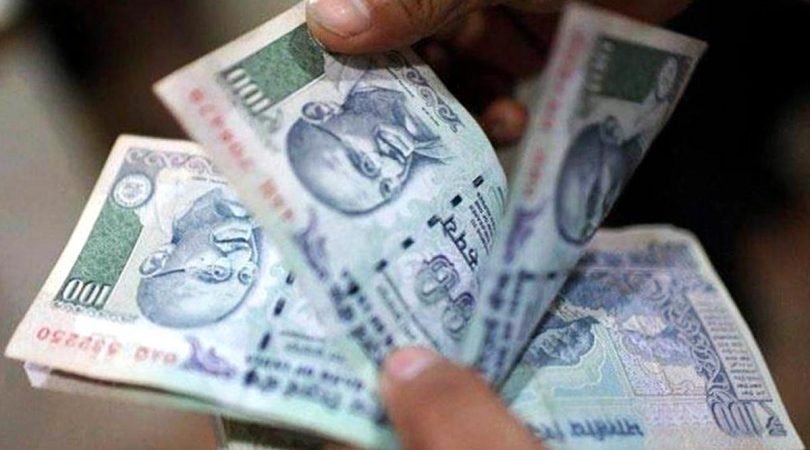Taking loans to cover volatile income creates debt trap for many
Taking loans to cover volatile income creates a debt trap for many
It’s always suggested to avoid taking loans for consumption or for buying depreciable luxury items. Taking a loan is beneficial when it enhances the income generation capacity – like a loan to enhance production capacity or education loan to enhance employability, or to acquire appreciable fixed assets that require large investments – like a home loan that also provides the opportunity to move to one’s own house and save on rent payout.
Lack of regular income
However, without having a fixed monthly income, many Indians find no option, but to borrow as consumption expenditure more or less remains the same even during the months of no or very low income.
“Since many Indians don’t earn regularly, they end up borrowing expensively,” said Abhinav Nayar, CEO at Mool, adding, “While most Indians might suffer from income volatility, their consumption expenditure is more regular, suggesting that there is already nascent consumption smoothing. However, much of this consumption is driven by debt. In fact, the two main features of Indian household debt are that Indians are becoming more over-indebted and that inefficient, informal sources of borrowing crowd out lower-cost, secured institutional debt.”
High level of debt
With very few occasions of higher income to repay the loan along with high interest, the debt burden continues to rise.
“Indian households are sinking increasingly deeper in debt. As a percentage of GDP, household debt has increased from 11.2 percent to 37.1 percent — more than tripling — between 2011 and 2021. Mortgages and gold loans, which are used to finance Indians’ two preferred assets, only account for 23 percent and 8 percent of household debt, respectively. Greater consumption of services such as education and healthcare, which have become more expensive, could also account for rising debt. Notably, though, for Risers and Aspirers, much of the rest of their debt arises from discretionary consumption expenditure. The widespread availability of, and increasing demand for, no-cost EMIs on durable goods, credit cards, and personal loans can be seen in the 13 percent growth in consumer loan products in the third quarter of 2019. For low-income households (Strivers), credit might be treated as an additional income source. In 2016–17, 53 percent of agricultural households had an outstanding loan debt averaging Rs 1,04,600, or about 98 percent of their mean annual income,” said Nayar.
High rate of interest
To get loans in favorable terms, one needs to have a stable income and a good credit score. However, with volatile income and poor repayment history, such borrowers don’t have access to cheaper institutional borrowings and have to rely on high-interest loans from moneylenders.
“Household debt, itself, is not necessarily a negative feature. On the contrary, the efficient use of debt could afford great benefits to individuals, and, by extension, to society as a whole. One of the most significant issues with Indian household debt, however, is the extent to which it comes from expensive, non-institutional sources. Unsecured debt from moneylenders, corner shops, and family and friends comprises 56 percent of Indian households’ liabilities. Unsecured debt carries exorbitant interest rates because there is no collateral, exacerbating the already high cost of capital in India. The median annual interest rate for non-institutional loans (both secured and unsecured) is around 25 percent, and the maximum could reach 60 percent. Both the extremely high rates and the large spread between the median and maximum illustrate the potential for exploitation and debt traps. In sharp contrast, secured, institutional loans charge interest rates of 12 percent and 16 percent, as median and maximum respectively. While even these interest rates are high, relative to those in developed countries, the amount that borrowers could save by replacing unsecured, non-institutional debt with credit from more formal, asset-backed sources is clearly evident,” said Nayar.
Institutional credit
While poor and needy people have no or limited access to cheaper institutional credit, richer rural households borrow substantially from financial institutions.
“There is evidence that institutional credit already has some traction among sizable demographics, such as rural Strivers. For example, agricultural households, which are richer than their non-agricultural, rural counterparts, currently draw 46 percent of their debt from commercial banks, illustrating that this is an existing trend that can form the foundation of further growth,” said Nayar.




Comments
Post a Comment